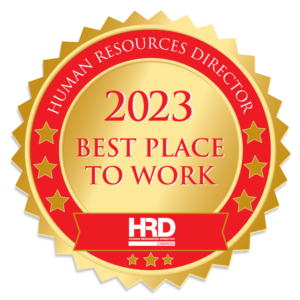Article written by: Angelina Fedorenko
The United Nations’ Sustainable Development Goals (SDGs) were adopted in 2015 to promote sustainable prosperity amongst all nation-states while combating environmental degradation. These 17 goals were strategically formulated to avoid exclusionism by means of the “leave no one behind” proposition. This proposition encourages diversity and envelops people of all abilities, races, genders, religions, and cultures.
Canada made significant strides to encompass this narrative in its SDG pursuit including efforts to address disparities among Indigenous populations. There’s still plenty of room for addressing inequity gaps among Canadians, especially among those that are vulnerable, however, the foundations to allow for continued growth have been laid. One of these is our Building Environmental Aboriginal Human Resources (BEAHR) initiative.
Through BEAHR, we provide training programs that are customized to meet the needs of each Indigenous community we work with. As a result, 78% of BEAHR graduates have secured meaningful employment in the environmental sector.
BEAHR programs braid Traditional Ecological Knowledge (TEK) with western science. We recognize the importance that traditional knowledge has when it comes to safeguarding our ecosystems and natural resources and wish to ensure that the rich culture of Indigenous peoples is preserved.
Focusing on Sustainable Development Goal #11: Sustainable Cities & Communities
While our BEAHR programs address all 17 SDGs, we’re focusing on SDG 11 “to make cities and human settlements inclusive, safe, resilient and sustainable.”
Across Canada, Indigenous people make up the fastest-growing population, and more than half of these individuals reside in urban cores. As Covid-19 cases reduce and restrictions lift, we’re looking forward to new bringing new BEAHR opportunities to Indigenous communities as well as to Indigenous individuals in city centres.
Canada’s iconic parks not only have intrinsic value but an economic value too as they attract a significant number of tourists each year. Across the country, these parks envelope more than 400 communities and are epicentres of extraordinary biodiversity. However, there is an increasing need to address the negative impacts urban and rural development have on these parks.
BEAHR training programs, such as the Land Use Planning Coordinator and the Local Environmental Coordinator, provide training material to address unsustainable development. Through BEAHR, Land Use Planning Coordinator students learn to map out the community goals by sustainable means and seek out all possible land use options. Those training as Local Environmental Coordinators analyze project expenses and legislations to improve the environmental quality of the community.
Both these programs differ and intersect in varying ways and can help Indigenous communities achieve sustainable park maintenance and protection.
Stakeholder collaboration is vital when it comes to preserving Canada’s historic sites and parks and Indigenous communities should play a role in the discussions surrounding national park management.
Without underestimating the importance of park preservation, waste management is another important component towards the achievement of SDG 11.
In 2014, Canada produced a staggering number of over 25 million tons of waste.
This amount is only expected to rise if we don’t take action immediately. The BEAHR ‘Solid Waste Coordinator’ program aims to provide training to help Indigenous communities manage the amount of waste generated in their local areas. The Solid Waste Coordinator plans, develops and coordinates appropriate means to dispose of household and commercial waste in their community.
In doing so, pollutants are prevented from entering unwanted areas, such as water, air and soil creating a healthier and safer living environment.
With the increase in extreme weather patterns, natural disasters look set to be more frequent and the demand for environmental professionals is growing. Providing training in climate change mitigation and helping to develop environmental skills and competencies, can help communities find employment opportunities and become part of projects that strategically formulate ways for communities to adapt.
Learn more about how to bring BEAHR to your community, or more about becoming a BEAHR trainer.
Sources:
- Global Affairs Canada, Canada’s Implementation of the 2030 Agenda for Sustainable Development: Voluntary National Review83–89 (2018). Ottawa, Ontario.
- ECO Canada. (n.d.). Programs Guide Environmental Training for Indigenous Communities. Calgary, Alberta.




